One hundred thirty years ago, Chicago did what many thought impossible: With a growing threat of waterborne diseases amid a burgeoning population, the city reversed the direction of the Chicago River and redirected wastewater away from the Great Lakes. It was an unprecedented milestone in civil engineering that allowed metropolitan Chicago to prosper into the world-class city of today.
As water experts from across the country converge next week for WEFTEC, it’s clear that the industry has a lot on its plate. From climate change to aging infrastructure, new and ongoing challenges task today’s engineering expertise in ever-changing ways.
But with the same entrepreneurial spirit that motivated engineers of the past to re-think conventional methods, today’s water visionaries and the next generation of leaders are driven to find creative ways to thrive in this dynamic environment and be prepared for a future that is already unfolding.
Beyond traditional solutions
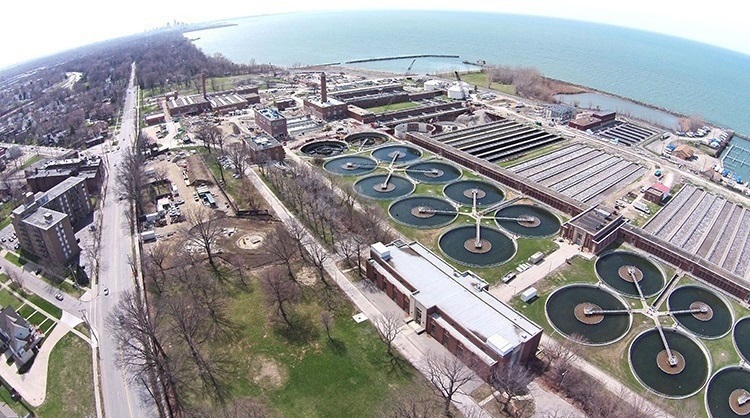
As extreme weather events continue to challenge wastewater agencies, wet weather solutions are in high demand. Traditional treatment technologies, however, remain expensive.
The Northeast Ohio Regional Sewer District (NEORSD) has met this challenge by taking a tried-and-true treatment technology in an innovative direction, resulting in a viable wet weather solution that is already demonstrating promising results.
Tuesday, WEFTEC attendees will have a chance to learn more about how NEORSD undertook a groundbreaking project for advancing the future of wet weather treatment at its plants. As part of their CSO consent decree, the NEORSD implemented one pilot- and two full-scale demonstrations for chemically enhanced primary treatment (CEPT) and high-rate disinfection (HRD) for wet-weather flows at its three wastewater treatment plants in the Greater Cleveland area. Together, these technologies are referred to as Chemically Enhanced High Rate Treatment (CEHRT).
“We are using an old technology in a new way that really represents some transformational thinking,” Dan Davis, Brown and Caldwell’s project manager said. “CEPT is being repurposed for wet weather treatment. Our mission is to reliably demonstrate and document the effectiveness of CEHRT on treating wet-weather wastewater flows.”
Successful implementation of the CEHRT systems required smart decisions and forward thinking during the pilot and demonstration phases. The NEORSD validated the effectiveness of CEHRT and integrated the latest innovations in CEPT and HRD to maximize performance. The proven technology has been installed at one of its treatment facilities with plans to expand its use further.
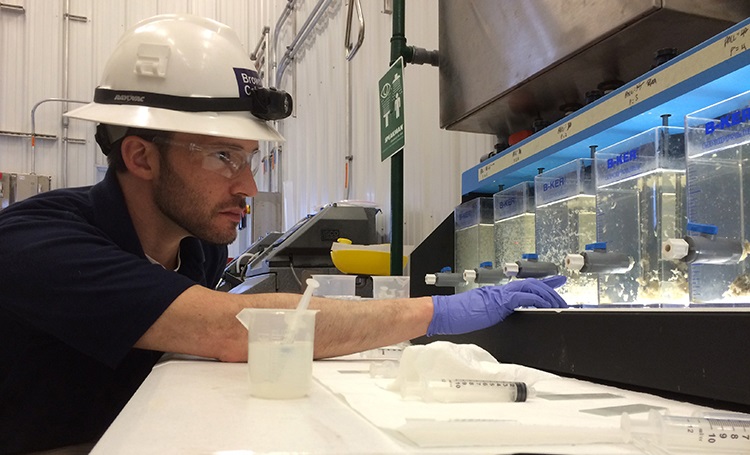
“A key aspect throughout the project was pushing the pilot and demonstrations to failure in order to determine how to maximize the chemical treatment resulting in a more efficient and cost effective approach,” Davis said. “By proving that a higher surface overflow rate was viable, NEORSD can optimize existing infrastructure during full-scale implementation, limit the number of tanks that would otherwise need to be constructed, and potentially save hundreds of millions of dollars when compared to alternative treatment technologies proposed in its long-term control plan.”
Internet of Things and the ‘smart’ revolution
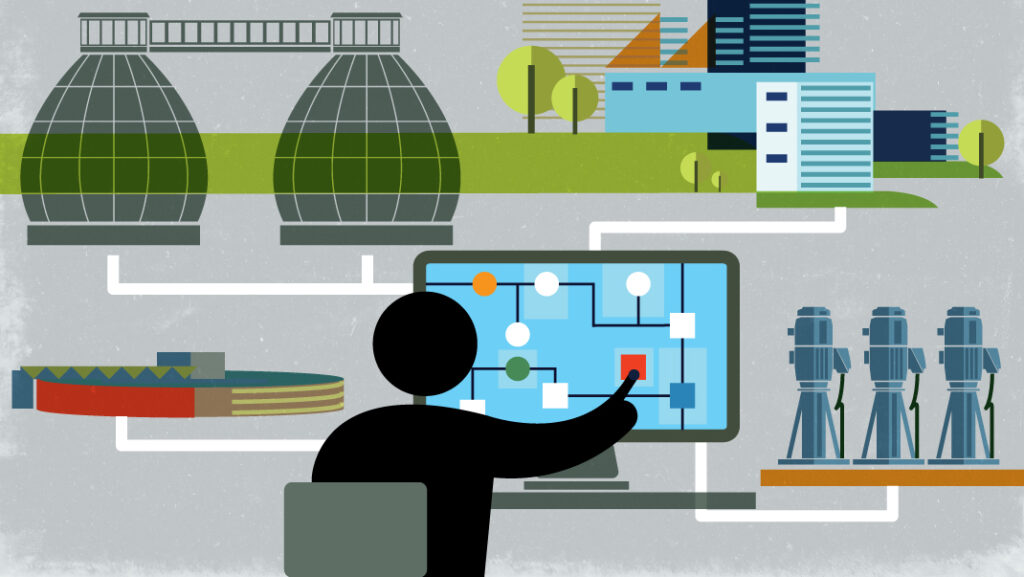
Two of the biggest challenges the industry faces are the workforce gap and data overload. Baby boomers are approaching retirement and a new generation of data-hungry millennials are expecting easy user interfaces and information at their fingertips. In the past, the industry relied on the experience and expertise of employees to take raw data, combine it with their knowledge and convey this wisdom to others.
But with the growing amount of data, retirement forecasts and increased regulations, this system is no longer sustainable. The rise of the Internet of Things (IoT) and subsequently “smart” systems is revolutionizing the way that utilities are managed.
Smart Utility is gaining momentum because of its ability to reduce operating costs, increase efficiency and justify business decisions. For example, operators can use real-time data collected from water sensors to detect process upsets early and identify faulty equipment more quickly. By layering this knowledge with other tools, such as predictive analytics, utilities are better equipped with the knowledge they need to make the right investments.
Jordan Valley Water Conservancy District, one of Utah’s largest water districts, is an early adopter of this approach.
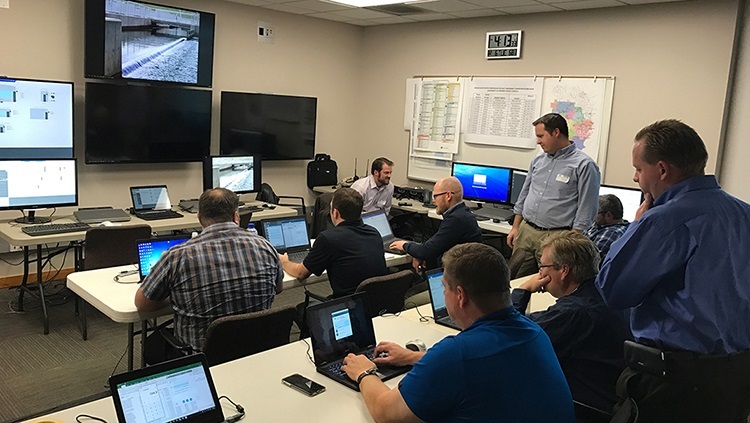
Jordan Valley had an antiquated SCADA system that wasn’t meeting operational needs. In addition, they were implementing new sensors throughout their system to provide more accurate information about the health of their system. They performed a master plan and developed a vision on how they could leverage all of the electronic systems in a new way that would provide benefits to managers, engineers, operators and ultimately more transparency on their utility management goals and metrics to help them optimize their utility.
“The new SCADA system will allow us to shift our focus from data collection to analysis of the data so we can make better real-time and long-term decisions,” said Shazelle Terry, Jordan Valley Operations Department Manager. “It will allow us to use our existing workforce with more flexibility because we can train employees faster. Rather than needing years to memorize and gain institutional knowledge, our staff can rely on readily available information to make decisions.”
Added Michael Karl, BC’s Industrial Automation Manager, “Smart Utility holds the potential for utility operators to improve water quality and measure capacity by detecting contaminants, monitoring assets, and responding to emergencies faster — telling the full story of how a facility is operating and how you can optimize performance,”
In his WEFTEC talk Smart Utility — Then and Now, Karl will explore what a Smart Utility approach looks like, the benefits of its adoption and business cases for this approach.
Making the ‘impossible’ possible
A continuing challenge is finding ways to inspect and repair critical water and wastewater systems as infrastructure ages and deteriorates. Becoming exposed to and then embracing non-traditional, advanced technologies allows utilities to push the limits of what was previously thought possible — or in the City of San Diego’s case, inspect the uninspectable.
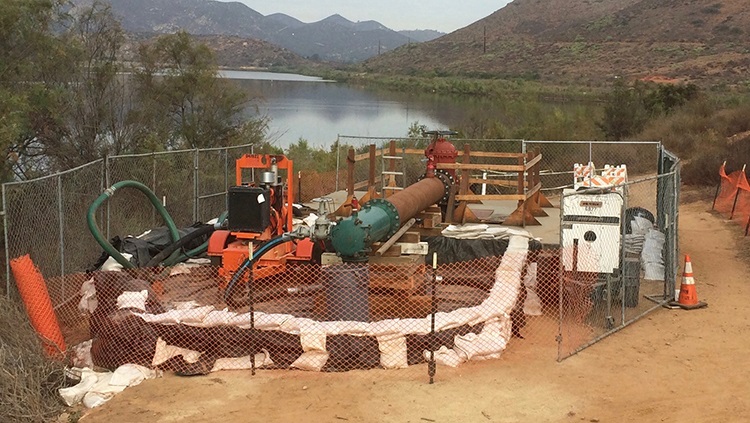
Although the City had been proactively performing exterior pipe wall assessment at select locations of the land-based portions of its 40-year-old force main, its 2,000-foot, dual 16-inch diameter subaqueous section presented a far greater challenge. This 5+mile run of pipe conveys 5.3 million gallons of wastewater beneath a regional drinking water reservoir that serves 3.3 million people, and up to this point was considered uninspectable by conventional inspection means and tools.
“Because of our prior experience, we knew within moments of first looking at this what advanced technology solution was required and the creative application that was needed,” Brown and Caldwell Vice President of Aging Infrastructure Gary Skipper said. “Failure was not an acceptable option during the inspection,” added Brown and Caldwell Principal Engineer Ari Elden.
The BC-identified solution was an in-line inspection tool called the See Snake™, which uses Remote Field Technology (RFT) to measure changes in an electromagnetic signal. The tool can be used to inspect ferrous metal pipes for corrosion, pitting, graphitization, cracks and wall thinning, including holes.
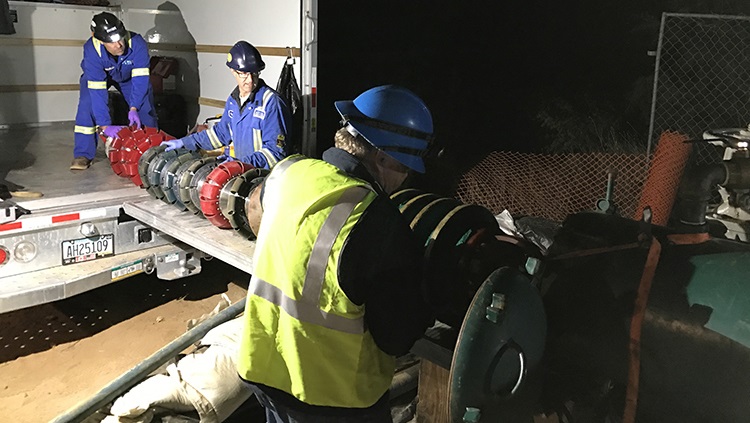
Working with PICA, the See Snake technology developer, the project team crafted a carefully orchestrated and detailed field work plan to deploy the See Snake in a free-swimming, non-tethered mode. Travelling at a maximum speed of 15 feet per minute, the tool successfully collected 360-degree high resolution scans of the pipe interiors over the course of several hours.
This was a first for this type of free-swimming deployment for the inspection of a sewer force main beneath a body of drinking water supply and provided the City with important information and actionable data about a critical asset.
Join Ari on Wednesday to learn more about this unprecedented inspection method.
These are but a few examples of successful solutions to the challenges that many water utilities face — many more will be discussed during the conference. Undoubtedly, the landscape ahead can be daunting, but advances in technology and an entrepreneurial mindset has prepared the water industry to successfully embrace a new wave of change.

